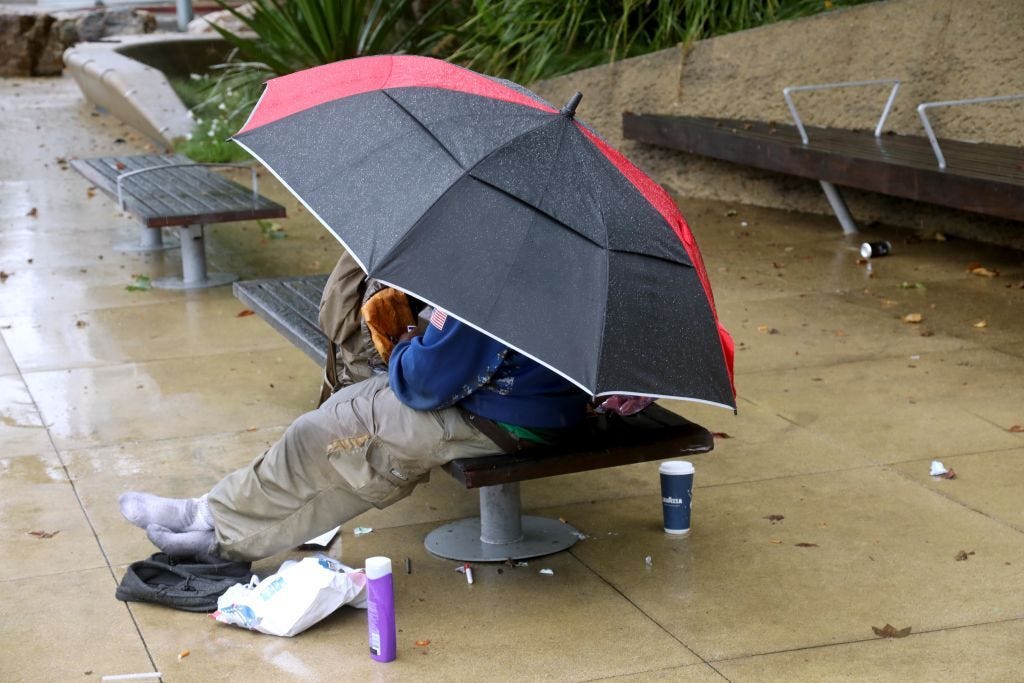Hilary took L.A.'s unhoused by surprise
In interviews with HEATED, mutual aid groups said Los Angeles failed to warn its most vulnerable residents about the record-breaking storm.

For many people across Los Angeles, Hilary wasn’t as bad as it could have been. If you had shelter, you could hunker down and wait out the storm.
But for Charles, who lives in a tent in an encampment n…

